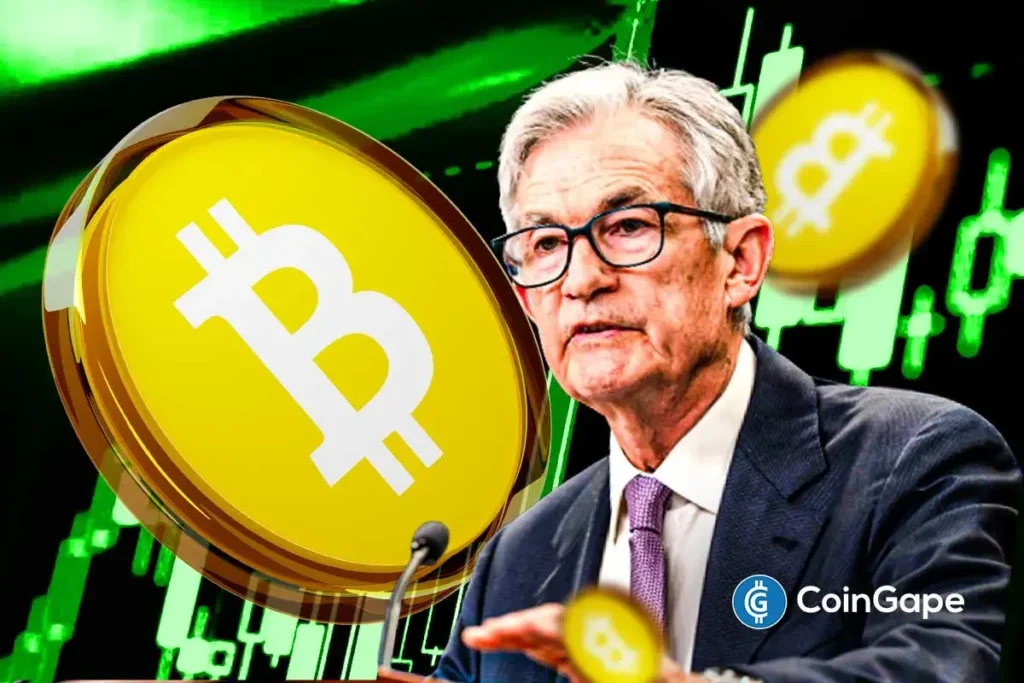Jerome Powell Signals Another Fed Rate Cut: What It Means for Bitcoin and the Economy
In recent developments, Federal Reserve Chair Jerome Powell adopted a dovish stance on monetary policy, emphasizing increasing risks in the labor market. This shift in tone has led financial analysts to forecast another rate cut from the Federal Open Market Committee (FOMC) at their upcoming meeting, a decision that could significantly impact the economy and the cryptocurrency market, particularly Bitcoin.
During his address at the Annual Meeting of the National Association for Business Economics, Powell expressed that the employment and inflation outlooks have remained relatively unchanged since the Fed’s September meeting. This indicates that the committee might be compelled to implement a rate cut in October due to heightened concerns around labor market vulnerabilities. According to CoinGape, the initial rate cut took place last month, prompted by signs of a weakening labor environment. Powell’s reiteration of the elevated risks to employment adds urgency to the need for further fiscal measures.
Market reactions to Powell’s remarks have been notable, with Bitcoin prices rebounding as traders anticipate a rate cut. As reported by TradingView, Bitcoin has moved above $112,000, hovering around $112,800 at the time of writing. This price surge comes on the heels of a morning dip, where Bitcoin fell to approximately $110,000 as participants awaited Powell’s speech, showing the volatility that accompanies such pivotal economic announcements.
One possible catalyst for Bitcoin’s price increase is the potential for enhanced market liquidity as a result of continued decreases in the Fed’s interest rates. A lower rate environment often leads to more capital being available for riskier assets, such as cryptocurrencies. Earlier this month, Bitcoin already set a new all-time high (ATH) above $126,000, making it clear that traders were optimistic about an impending cut and its ramifications in boosting the digital currency’s value.
In contrast, Bitcoin’s earlier downtrend was partly driven by ongoing geopolitical tensions, particularly concerns over a potential trade war between the U.S. and China. These external factors can contribute to market instability, but Powell’s dovish stance appears to provide a counterbalance, fostering investor confidence in Bitcoin as a solid alternative to traditional assets during uncertain times.
As financial analysts continue to monitor the Federal Reserve’s moves and broader economic indicators, Bitcoin could emerge as a significant financial instrument in the face of potential rate cuts. The interplay between monetary policy, labor markets, and investor sentiment reinforces Bitcoin’s pivotal role in the evolving financial landscape, enabling it to thrive even amid economic challenges.
In conclusion, Jerome Powell’s recent commentary on monetary policy and labor market risks signals a likely Fed rate cut in October, which is poised to have profound implications for Bitcoin and broader financial markets. As the cryptocurrency continues to adapt to these developments, it may just solidify its position as a preferred asset class for investors looking to navigate today’s economic complexities.


